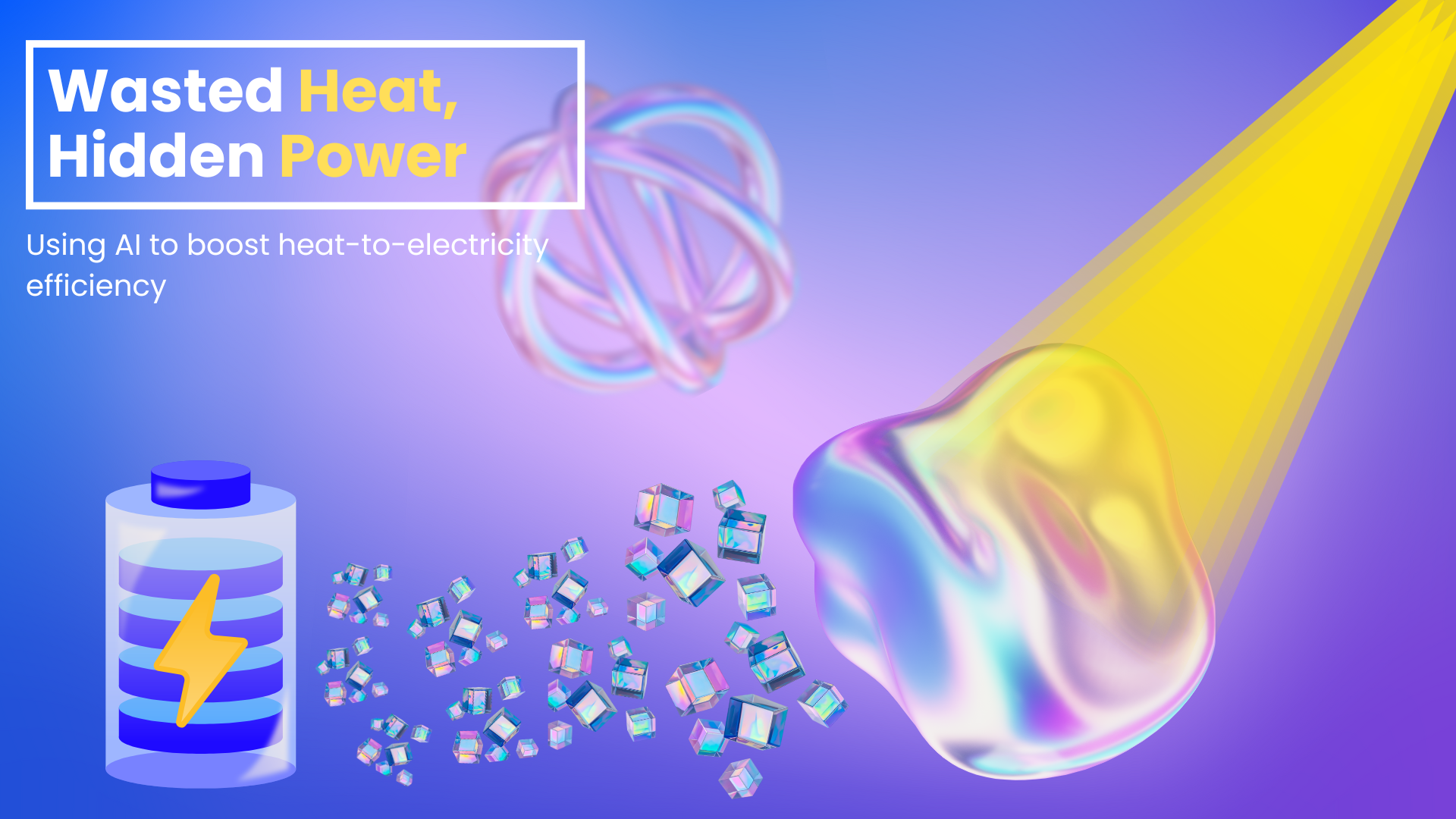
Semiconductors are a big business, and cutting manufacturing costs is an urgent priority. But what happens when you think beyond mundane cost-cutting? What happens when you allow yourself to imagine beyond that?
A recent scientific discovery shows how special thin materials can help develop the future of electronics, making our devices faster, smarter, and more energy-efficient.
Scientists at IIT Madras created a very thin structure using three layers: silicon (the main ingredient in computer chips), silicon oxide (a common insulator), and zinc oxide (a transparent material already used in various electronics). When these layers come together, they form a brand new kind of “road” for electricity — called a two-dimensional electron gas (2DEG). This is like a superhighway just a few atoms thick, where electric charges can travel extremely quickly and smoothly, opening up possibilities for new types of electronic devices.
The Hall effect is an important concept in the study of semiconductors. This is observed as a voltage across a conductor, at right angles to both the current and the magnetic field, when the magnetic field is applied perpendicular to the electric current in a conductor or semiconductor. The nonlinear Hall effect (NLHE) is a modern quantum phenomenon where the Hall voltage scales with the square of the applied current, even without a magnetic field, in conductors or semiconductors that lack inversion symmetry. In simple terms: applying electric current through these thin layers can generate voltages that don’t just go back and forth — they can appear sideways to the current or allow current to flow only one way and not the other. Another exciting aspect of this phenomenon is that the nonlinear Hall voltage can appear at twice the frequency of the applied AC current, reflecting its nonlinear nature.
The NLHE is one of the criteria to be satisfied by a semiconductor to function properly. NLHE usually occurs at low temperatures, but recently, certain compounds like elemental tellurium (Te) thin flakes, elemental bismuth (Bi) thin films, and BaMnSb2 have been found to satisfy NLHE at room temperature, which is a big breakthrough.
There are various types of Hall effect, such as ordinary (OHE), anomalous (AHE), and quantum (QHE). In this study, the quantum Hall effect (QHE) has been considered.
QHE has been considered for applications in quantum transport, high-frequency telecommunications, and rectification for future silicon-based technologies.

In some advanced semiconductors, nonreciprocal charge transport (NCT) is an important property for certain device functionalities. Nonreciprocal transport means electricity can flow more easily in one direction than the other. NCT bridges quantum geometry and practical electronics, enabling high-speed, low-power devices like terahertz rectifiers and photodetectors, which are essential in radios, chargers, and computers.
The ability to design such tiny, directional electric effects — without big magnets or complicated wiring — signals a new era in electronics. Imagine future phones or computers that are even more powerful yet use much less energy, and chargers that waste far less electricity. These new materials could also help build sensors, telecommunication equipment, and tools for exploring quantum physics. Because these effects work close to room temperature with common materials like silicon and zinc oxide, they could be added directly to existing electronic manufacturing methods.
This research removes technical barriers, making high-performance electronics more accessible, smaller, and environmentally friendly. It also provides scientists and engineers with a brand-new “toolbox” for creating futuristic devices — from ultra-efficient communication gear to components in self-driving cars, medical sensors, and quantum computers.
In short, something incredible happens when science breaks down materials to the tiniest scales and lets Nature behave in new ways. The discoveries in these ultra-thin layers promise a brighter, smarter, and greener electronic future for everyone.
In this study, NLHE and NCT were satisfied for the (001) Si/SiOx/ZnO low-dimensional system. The observed NLHE and NCT in the second harmonic voltage of the (001) Si/SiOx/ZnO heterostructures confirm the formation of a 2DEG at the interface.
The following are the authors of this paper:
- Mr. Satyasiban Dash from the Department of Physics, Nanoscale Physics Laboratory, Indian Institute of Technology (IIT) Madras, Chennai, India.
- Prof. Prahallad Padhan from the Department of Physics, Nanoscale Physics Laboratory, Indian Institute of Technology (IIT) Madras, Chennai, India. (Prof. Prahallad Padhan is also affiliated with the Functional Oxides Research Group, Indian Institute of Technology (IIT) Madras, Chennai, India).
Prof. Yang Hyunsoo, NUS Electrical and Computer Engineering GlobalFoundaries Chaired Professor, National University of Singapore (NUS), Singapore, gave his analysis of the work done by the authors and acknowledged its importance with the following comments: “This work contributes to the understanding of nonlinear quantum transport at oxide-semiconductor interfaces. The authors demonstrate the nonlinear Hall effect and nonreciprocal charge transport in an artificial 2D electron gas formed at the Si-SiOx-ZnO interface, expanding the landscape of NLHE materials beyond conventional crystals. The use of a silicon-compatible oxide system and observation of these effects near room temperature highlight its potential for integration into high-frequency electronic applications.”
Article by Akshay Anantharaman
Click here for the original link to the paper










